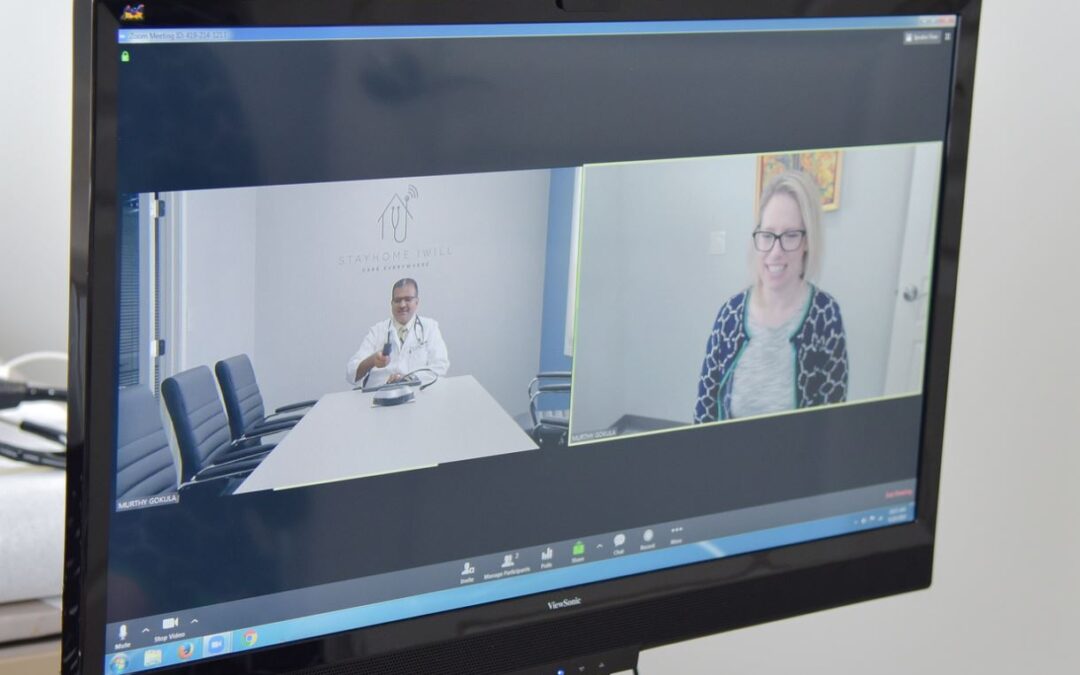Health care in the United States continues to evolve and patients now have more ways than ever of receiving treatment on their own terms. Telehealth, also called telemedicine, is an emerging trend gaining popularity because of the significant benefits it offers. Telehealth is the use of telecommunications services and hardware such as video conferencing and instant messaging services that connect patients to health care providers from the comfort of their own homes.
Demand for Telehealth Service Is Exceeding Availability
A recent survey of commercial health care subscribers reported that 84% of modern health care insurance subscribers would take advantage of video and online services if they were available. However, only about one third of inpatient facilities and only 45% of outpatient facilities offer these services.
Facilities that have yet to adopt telehealth services cite the cost of implementation, policy conflicts, and the potential for abuse as reasons for hesitation to adopt these services, but many health care providers are starting to change their outlooks on telemedicine services in light of the high demand for it among subscribers.
RELATED ARTICLE: What Are the Differences Between Direct Primary Care and Concierge Medicine?
Telehealth Market Value Is Climbing Rapidly
Companies slow to adopt telehealth services are behind the curve. Current projections expect the telemedicine market value to reach $64 billion in the United States by 2025. Telehealth visits have increased more than 50% per year every year since 2005, indicating strong growth and climbing interest in these services.
Companies that adopt telehealth services can provide their patients with better experiences and more consistent access to health care services and advice from their doctors.
State Laws Are Shifting Toward Telehealth Accessibility
As of 2019, 48 out of 50 states now require payers to cover access to telehealth services. This shows that state legislators are taking notice of modern Americans’ desire for greater access to health services and the convenience and security they offer.
According to the American Medical Association and the Wellness Council of America, many of the services rendered at emergency departments across the country are issues that could be addressed by health care professionals remotely.
RELATED ARTICLE: 5 Benefits of Concierge Medicine vs. Traditional Healthcare
Greater accessibility of telehealth services would in turn encourage more people to use them. This would translate to less resource usage at emergency departments, allowing emergency room personnel to focus their attention on patients in truly dire circumstances and offer better health care outcomes. Telemedicine could eventually become a staple of American health care and streamline care services for countless patients all over the country.
These statistics make two things very clear…
First, Americans are more than ready and willing to embrace telemedicine services, and second, companies that provide these services are not only improving patient satisfaction but also indirectly helping many other patients by more evenly distributing the availability of care services in the United States.
Your Health Starts Here
Want to learn more? See if concierge, connected care medicine is for you. Visit conciergeconnectedcare.net/book-appointment to book your FREE consultation.

